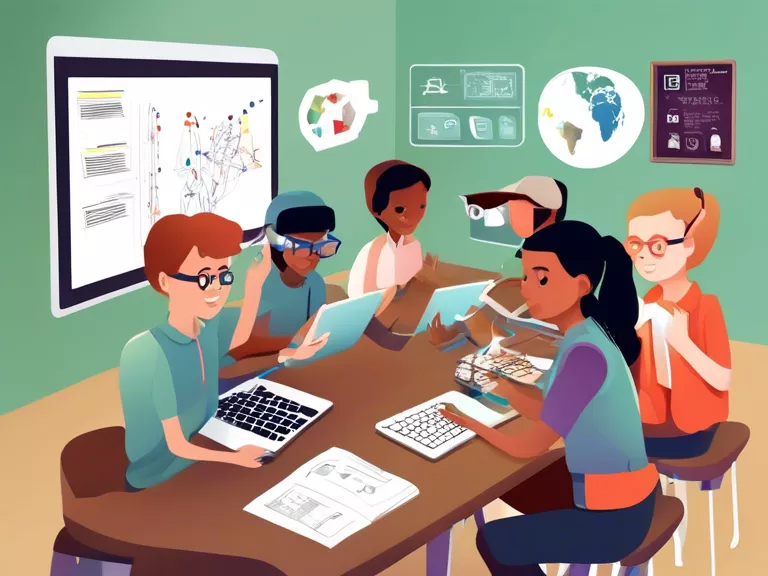
Introduction
In today's digital age, technology has transformed the way we learn and teach in modern classrooms. One of the most innovative trends in education technology is the use of wearable tech. Wearable devices are revolutionizing the classroom experience by providing smart solutions that enhance engagement, collaboration, and learning outcomes.
Benefits of Wearable Tech in Education
1. Interactive Learning
Wearable devices such as smartwatches and AR glasses offer interactive learning experiences by providing real-time feedback, quizzes, and interactive content. Students can engage with the material in a more hands-on way, making learning more engaging and effective.
2. Personalized Learning
Wearable devices can track students' progress and learning styles, enabling teachers to personalize their teaching methods accordingly. By analyzing data from wearable devices, educators can create customized learning experiences that cater to individual student needs.
Examples of Wearable Tech in the Classroom
1. Smartwatches
Smartwatches can be used to set reminders, track physical activity during recess, and even monitor students' attention levels during lectures. Teachers can use smartwatches to ensure that students stay focused and engaged throughout the day.
2. Virtual Reality Headsets
Virtual reality headsets transport students to immersive learning environments, allowing them to explore historical sites, conduct virtual science experiments, and practice real-life skills in a safe and controlled setting. This hands-on approach to learning fosters deeper understanding and retention of information.
Challenges and Considerations
While wearable tech offers numerous benefits in the classroom, there are also challenges to consider. Privacy concerns, cost implications, and integration with existing technology infrastructure are some of the key challenges that educational institutions may face when adopting wearable devices. It is crucial for schools to address these challenges proactively to ensure a successful implementation.
Conclusion
Wearable tech is reshaping the landscape of modern classrooms by providing smart solutions that enhance the learning experience for students and teachers alike. From interactive learning opportunities to personalized instruction, wearable devices offer a myriad of benefits that can revolutionize education. By embracing wearable tech in the classroom and addressing potential challenges, educators can create dynamic learning environments that prepare students for success in the digital age.

